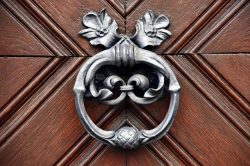Brass is a metal that you will find throughout your home. It can be used as latch pulls, hinges, decorative items or drawer pulls, to name a few. Refinishing or restoring brass may seem like it is a daunting task to complete, however, the end result is amazing and you will be glad that you took the time to take on the challenge.
Contents
Many folks will decide that they like the darkened patina that develops over time, compared to the shiny brass and new look. All tastes are different, and what you decide to do with your Antique Brass items is your decision.
There are different methods to accomplish the task, some will take longer than other methods to do, and some much less time. Before you decide that you want to refinish the brass in your home, be sure you sit a piece of new brass next to a piece that has a patina to it. The patina is the aged look that brass gets as it ages or as it tarnishes.
The slightly tarnished look seems to attract many people, and they choose to not change the look. It is when the hardware or item is much older and is very aged that people hope to bring the brass back to life.
How To Tell If It Is Brass

Before you begin any process with your ‘believed’ brass hardware, be sure that what you have is truly brass. If it is not, you could be causing damage to the hardware that cannot be repaired. The items that appear to be brass could be brass plated or spray painted to look like brass.
There is one way that never fails to verify if the item is brass or brass plated. Grab a magnet, if the magnet sticks to the hardware or the item, the piece is not brass. Brass does not have a magnetic ability.
For the items that the magnet does stick to, generally washing the item with warm and soapy water will be all it takes to clean the piece and bring it back to life.
Process

Before you can begin the refinishing process, you need to first remove the hardware from the door, cupboard or wall, or even the piece of furniture it is attached to. This can be quite tricky, especially if the piece has been on the door, furniture or other items for a long period of time.
The first task is to locate the tool you will need to unscrew the screws that hold the brass to the item. You cannot rightfully refinish any brass object without first removing it from what it is attached to. Removing the fixture will allow you to refinish the entire brass piece, not just the portion that is showing.
Next, you are going to want to cover the work area with newspaper or painter’s cloth. Generally, the manufacturer will seal it with a coat of clear coating. Many other manufacturers will not seal the brass and in time the brass begins to oxidize or tarnish. The brass is considered to be PVD brass, this means that it was finished with a highly specialized method of protecting the brass. This is done in a vacuum-type chamber utilizing precious metals and an energized high-temperature gas. This method is usually used on kitchen cupboard fixtures, as it will resist the normal wear and tear of daily use.
This method has been used more so rather than spraying with a clear lacquer. The lacquer is unable to resist normal wear and tear.
Tools That Can Be Used
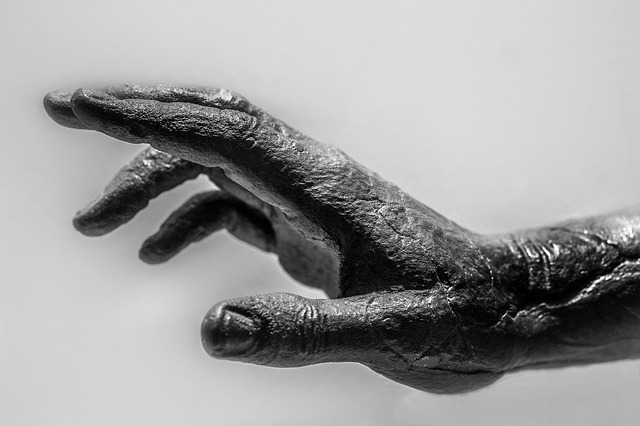
First, you will need to find a screwdriver that can help to remove the screws that hold the brass hardware firmly to the furniture or door.
You will also want to be sure that you have a variety of toothbrushes, firmness as well as sizes. The toothbrush will help to get deep into the nooks and crannies to ensure that there is no oxidation remaining when you believe you have completed the task.
Very fine wire wool is used to help remove stubborn tarnishing without scratching the surface of your brass.
Olive Oil is used as a final polishing method. It makes a great natural polish that will also repel any water that may have gotten trapped during the cleaning process.
Methods
Baking Soda and Vinegar
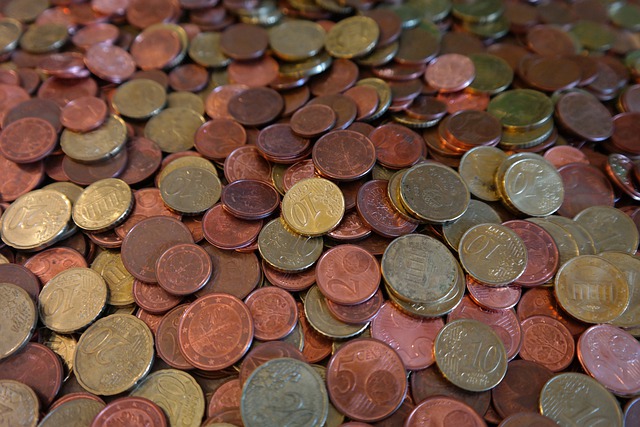
There are many people who believe that baking soda and Vinegar can clean virtually anything. I am one of those in agreement.
To make the paste with these ingredients, you will mix ½ cup of baking soda with 1 cup of vinegar. If the brass piece is extremely tarnished, you can add in 2 tablespoons of table salt.
The mixture will fizz for a few moments, once the fizzing is done, you can rub the paste onto the brass object and once again, using a soft-bristled toothbrush, scrub lightly to remove the tarnish and oxidation.
Rub the paste in a circulatory pattern with the brush. Leave the paste to sit on the item for up to 30 minutes. After that time is up, rinse off the paste with warm water. This method can be repeated again if there is still oxidation or tarnish remaining.
When you are satisfied with how the brass item appears, rub it very lightly with Olive Oil as natural protection from water.
Lemon and Salt

To make this method, you will need to squeeze the juice from a fresh lemon and combine it with salt. The measurements would be ½ cup of lemon juice to ¼ cup of salt. Once you stir and make it into a paste, use a toothbrush to place it on the brass hardware that you are intending to refinish. Use a soft-bristled toothbrush to rub the paste all over the brass to help remove the tarnish.
Rinse off the remaining paste to ensure that you have removed all the tarnish. If tarnish still remains, add some more paste and continue to rub it on the brass with the soft-bristled brush. Once you have succeeded in removing the tarnish, wash the piece completely to ensure that you have all the lemon juice off.
Lemon juice is acidic and will act as a corrosive on the brass. The best way to ensure that all lemon juice is off is to use a new soft-bristled toothbrush and while holding under running water use the brush to brush the entirety of the brass piece.
Finally, use a very soft cotton towel and dry the piece to be sure all the water is off. The final step is to rub a very light coating of Olive oil all over the piece. This will chase out any hidden water and also preserve the shine you have once again found.
Heavily Corroded Brass

Heavily corroded brass or Vintage Brasswill likely pose a greater threat when it comes to restoring. Vintage Brass or Antique Brass may not have been cleaned for maybe 100 years or more.
These heavily corroded pieces will need to be machine polished. This process requires stripping off the old paint and removing the aged patina.
This is meant to be done by professionals, as this is difficult and time-consuming. You could also cause unintentional damage to the brass item.
Lacquered Brass Hardware
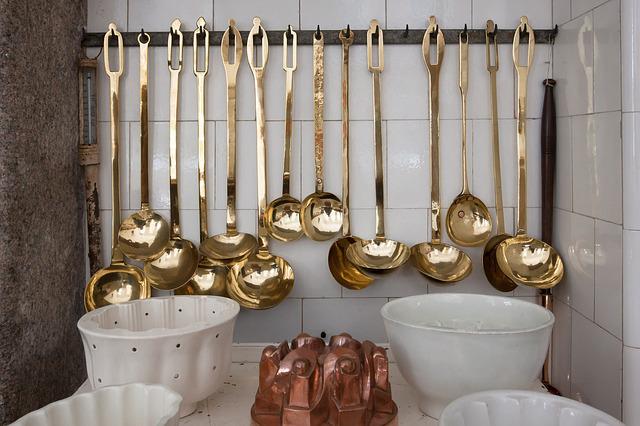
When brass has been lacquered, it does have a tendency to peel. When the brass peels, the surface under the lacquer can begin to oxidize and tarnish.
There is only one way to remedy the partial peeling and tarnishing. The remaining lacquer will need to be removed. This can be done by letting it sit in a paint stripper for a few minutes.
After it has soaked for a few moments, it should be polished with soft wire wool to scrape off the remaining lacquer. This could take time due to the lacquer being clear, however, if it is not completely removed the brass piece will appear spotted.
By using a brass Ager, you will be able to locate any remaining spots left of lacquer. The Brass Ager will be able to be removed by polishing after.
Paint
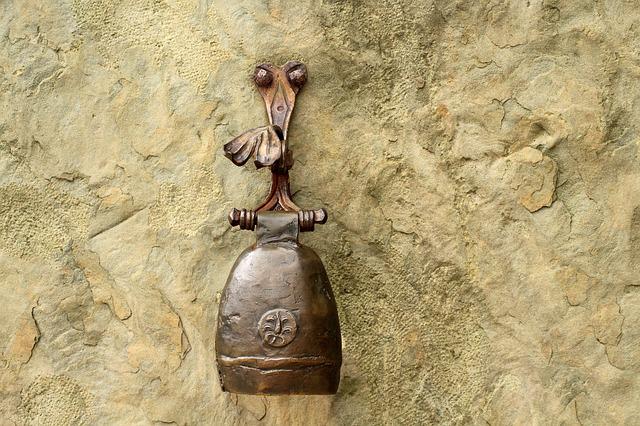
There may be brass fixtures or hardware that has been painted over the years. Depending on how much paint, there are two ways to remove this paint. One is a boiling method. This is done by placing the hardware into a pot of low boiling water.
Let the water slow boil for a few moments until the paint appears to begin wrinkling. Then using tongs, carefully remove the hardware from the boiling water and set it on a towel. At this time, it does not need to be dried. All you will need to do is gently rub the paint area with soft wire wool until the paint is removed.
You may need to rub the paint areas with a soft-bristled brush or soft wire wool to remove the paint from crevices. Once all the paint is removed, polish with the finest grade steel wool to give a bright finish.


